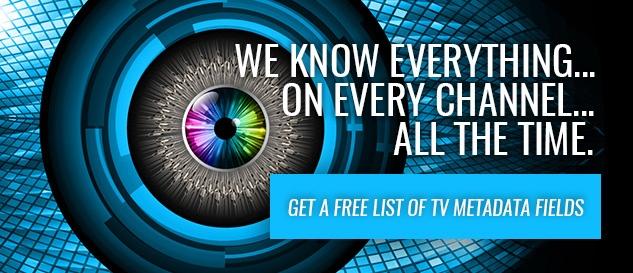INAir
The
boffins at SeeSpace recently completed a successful
Kickstarter campaign on March 8 for their INAir augmented television product, raising
$177,837 when they only requested $100,000.
The
device features a special HDMI cable that connects between a TV and a set-top
box; communication from a second-screen mobile app then allows a viewer to
create an Internet-based overlay on top of whatever is on the screen, providing
further content and information about the film or show, e.g. soundtrack data, placed
products, sports statistics, related articles, social media connections, etc.
When
utilized with a 3D television, the information appears like an Iron
Man-inspired hologram in front of the screen.
Oculus Rift
This
virtual reality headset was also
revealed on Kickstarter, where it quickly ran away with the ball in 2012, securing an
incredible $2.4 million in financing. It’s now raised more than $90 million,
and in January won the 2014 Best of CES Award. The goggles were initially pitched as something
that would revolutionize playing video games, but many people have now found
uses for it that involve movies and TV.
 |
| Oculus Rift |
The
latest prototype offers a 1080p OLED display and motion-tracking system, and
the finished item is rumored to be released towards the end of 2014.
Alfonso Cuarón, winner of the Academy Award for Best Director (“Gravity”), visited Oculus VR
headquarters, and at January’s Sundance Film Festival, filmmaker Chris Milk
showed off a documentary made with rocker Beck
that allows an Oculus Rift user to feel immersed on stage.
A programmer has created an application called Deskope that provides someone who possesses a TV tuner card the ability
to watch TV with their Rift if they so desire.
Sony has already taken steps to come up with a competing product, Project Morpheus.
4K Resolution
Move aside 1080p and 720p of the early aughts, ultra high definition (UHD) 4K
resolution is taking over as an industry standard.
The number 4K, or 4,000, is descriptive of the amount of
pixels located on the horizontal side of the rectangle. The technical native
resolution is 3840×2160, but manufacturers chose to round up for simplicity.
 |
| 4K Resolution |
The signal is being utilized in television sets, movie screens, cameras,
computer monitors and more. Business Insider Intelligence is predicting that 4K Ultra HD will be in 50% of North
American households by 2024, and believes that it will be adopted much quicker
than HD.
And why would you want a 4K television set? Currently, a 1080p device is
capable of containing two million pixels; a 4K device quadruples the quality,
with eight million.
Netflix, Amazon, YouTube and M-GO have all announced plans for streaming their
content in 4K beginning this year.
OLED
Many homes have become accustomed to their LCD and LED screens over the years,
and the next upgrade has arrived: Organic Light-Emitting Diode (OLED).
What differentiates OLED from its predecessors is its size, refresh rate, energy
efficiency and flexibility. The technology also allows for individual pixels to
operate and light up separately from one another, versus LED, which requires a
backlight.
Manufacturing OLED panels – which are often curved – is incredibly expensive,
however, and as such the cost to consumers is a bit high. Even Samsung’s
executive vice president of Visual Display Business, HS Kim, thinks it will “take around three to four years" for the prices to decrease.
The South Korean company revealed their brand new 55” Class (54.6” Diag.)S9C Series last November for an eye-popping, sticker shock-inducing $8,999.99.
And what do you get for shelling out that kind of cash? Two
words: Multi View. The television claims to be the first that lets two people concurrently
observe different shows with HD video and sound, through the utilization of
special 3D glasses that connect to differing signals. One viewer sees and hears
a specific program, while the other watches something else.
Amazon’s Set-Top Box
For several months now, it’s been reported that Amazon.com has been working on
a brand new set-top box. In March, another scoop came out: it’s not even a box
at all. The device is actually a USB dongle that looks like Google Chromecast, and it’s also rumored to support streaming PC games.
 |
| Amazon.com |
As the online retailer has yet to officially unveil anything, or release any
details, the following information is alleged at this point:
-The operating system will be Google Android.
-The price point is believed to be less than $300.
-A Qualcommm MPQ chip may be powering it.
The console is expected to serve as a rival for Roku, Apple TV, Chromecast and Netflix. Content from Amazon Studios, Amazon Instant Video and Amazon MP3 services will probably be involved.
Further information about the “box” should be released any time
now.
Author: Brian Cameron
Image credit:
Author: Brian Cameron
Image credit:
Follow @FYITV




























1 comment
Post a Comment